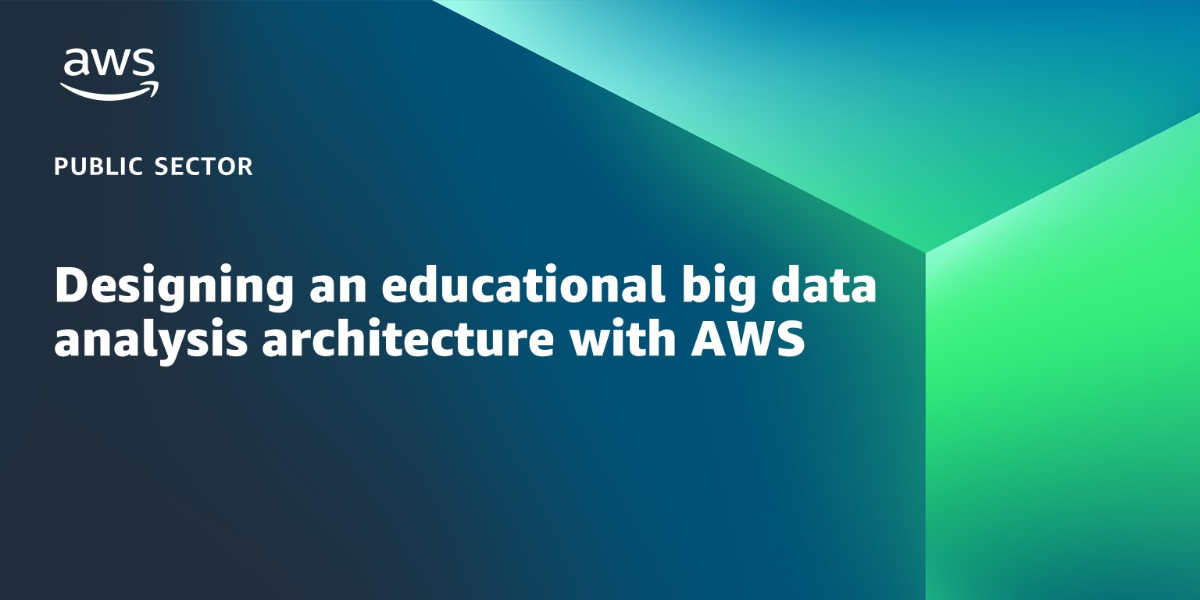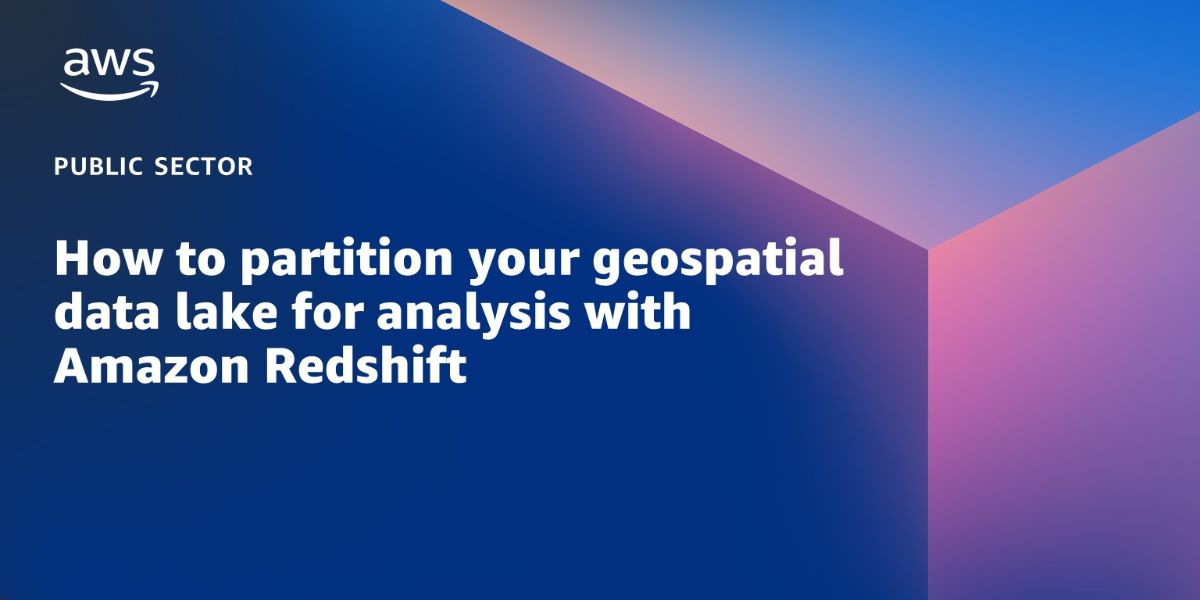AWS Public Sector Blog
Tag: Amazon Redshift
Singapore’s EVe harnesses the power of data with help from NTT DATA, AWS
In alignment with Singapore’s ambitious sustainability objectives, the Land Transport Authority (LTA) of Singapore is intensifying its efforts to spur the adoption of electric vehicles. This contributes to the nation’s goal of achieving 100 percent cleaner energy vehicles by 2040, and the effort leverages Amazon Web Services (AWS). LTA has set up EV-Electric Charging Pte Ltd (EVe) to manage the deployment of up to 12,000 electric vehicle (EV) charging points distributed across 2,000 Housing Development Board (HDB) carparks.
Modern data strategy for government tax and labor systems
Introduction Government authorities such as tax, unemployment insurance, and other finance agencies across the US and globally are seeking ways to innovate. They are trying to unlock insights from their data, deliver better customer experiences, and improve operations using cutting-edge technologies such as generative artificial intelligence (AI), machine learning (ML), and other data analytics tools. […]
AWS Partners help public sector organizations harness the power of data
Organizations deal with ever-growing data volumes. This means that growth-minded businesses must put data at the heart of every application, process, and decision. But how you use your organization’s data is the key to accelerating innovation and accomplishing your organizational goals.
Applying AI in Healthcare: Netsmart AI Data Lab
Healthcare organizations across the nation are working to address clinician burnout and are more constrained than ever. That’s why Netsmart, an industry leader in electronic health records for human services and post-acute care, and Amazon Web Services joined forces to advance artificial intelligence for community-based care providers, through the development of an AI Data Lab. By combining the scale and power of AWS with the Netsmart CareFabric® platform, Netsmart is driving intelligent automation, generative AI, predictive analytics, natural language processing and risk models to improve care delivery and outcomes for community-based care providers.
How Virginia unleashed the power of data
There is power in data. Professors Monica Chiarini Tremblay and Rajiv Kohli at William & Mary’s Raymond A. Mason School of Business detail how Carlos Rivero, the former chief data officer of the Commonwealth of Virginia, created a foundation for data sharing in Virginia powered by multiple AWS solutions.
Optimizing your nonprofit mission impact with AWS Glue and Amazon Redshift ML
Nonprofit organizations focus on a specific mission to impact their members, communities, and the world. In the nonprofit space, where resources are limited, it’s important to optimize the impact of your efforts. Learn how you can apply machine learning with Amazon Redshift ML on public datasets to support data-driven decisions optimizing your impact. This walkthrough focuses on the use case for how to use open data to support food security programming, but this solution can be applied to many other initiatives in the nonprofit space.
Designing an educational big data analysis architecture with AWS
In this blog post, learn a high-level architecture, built on AWS, that uses a graph database to analyze unstructured and structured educational data that can, for example, help inform a recommendation to a student for the appropriate courses to take in their next semester based on multiple personalized data factors.
How to create a cybersecurity analytics platform with AWS analytics and machine learning
Cybersecurity analytics is a systematic methodology designed to collect, ingest, process, aggregate, and analyze security events. This methodology empowers organizations to proactively perform security investigations, powered by advanced analytics and machine learning (ML), which help mitigate cyber issues more effectively and efficiently at scale. Learn about the core components of a cybersecurity analytics framework and how organizations can use AWS to design a cybersecurity analytics platform with analytics and ML services.
How JDRF uses AWS to power Type 1 diabetes research
Advances in technology are transforming the way health research can be conducted. It is now possible to integrate data from siloed sources into a data lake, a central repository where health data are aggregated and analyzed at scale. Now, more than ever, there are opportunities for collaborative research to accelerate life-saving medical innovation – and that’s exactly what JDRF International, the leading global Type 1 Diabetes research and advocacy organization, is doing with AWS.
How to partition your geospatial data lake for analysis with Amazon Redshift
Data lakes are becoming increasingly common in many different workloads, and geospatial is no exception. In 2021, Amazon Web Services (AWS) announced geography and geohash support on Amazon Redshift, so geospatial analysts have the capability to quickly and efficiently query geohashed vector data in Amazon Simple Storage Service (Amazon S3). In this blog post, I walk through how to use geohashing with Amazon Redshift partitioning for quick and efficient geospatial data access, analysis, and transformation in your data lake.









